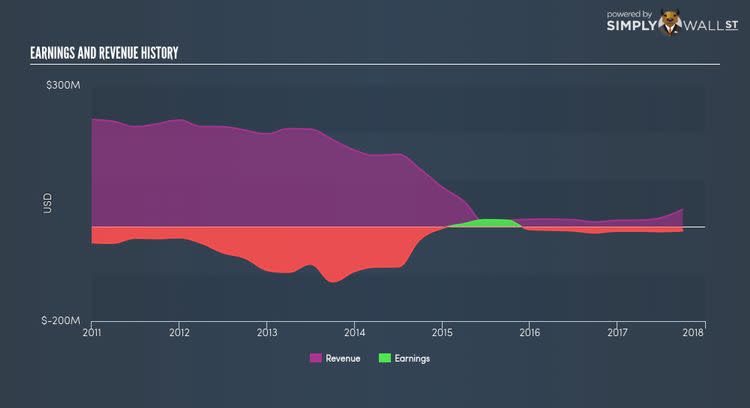What Are The Drivers Of CBAK Energy Technology Inc’s (CBAK) Risks?

For CBAK Energy Technology Inc’s (NASDAQ:CBAK) shareholders, and also potential investors in the stock, understanding how the stock’s risk and return characteristics can impact your portfolio is important. The beta measures CBAK’s exposure to the wider market risk, which reflects changes in economic and political factors. Different characteristics of a stock expose it to various levels of market risk, and the broad market index represents a beta value of one. A stock with a beta greater than one is expected to exhibit higher volatility resulting from market-wide shocks compared to one with a beta below one.
Check out our latest analysis for CBAK Energy Technology
What does CBAK’s beta value mean?
CBAK Energy Technology’s five-year beta of 3.01 means that the company’s value will swing up by more than the market during prosperous times, but also drop down by more in times of downturns. This level of volatility indicates bigger risk for investors who passively invest in the stock market index. Based on this beta value, CBAK will help diversify your portfolio, if it currently comprises of low-beta stocks. This will be beneficial for portfolio returns, in particular, when current market sentiment is positive.
How does CBAK’s size and industry impact its risk?
With a market cap of USD $44.58M, CBAK falls within the small-cap spectrum of stocks, which are found to experience higher relative risk compared to larger companies. In addition to size, CBAK also operates in the electronic equipment, instruments and components industry, which has commonly demonstrated strong reactions to market-wide shocks. Therefore, investors may expect high beta associated with small companies, as well as those operating in the electronic equipment, instruments and components industry, relative to those more well-established firms in a more defensive industry. This is consistent with CBAK’s individual beta value we discussed above. Fundamental factors can also drive the cyclicality of the stock, which we will take a look at next.
How CBAK’s assets could affect its beta
An asset-heavy company tends to have a higher beta because the risk associated with running fixed assets during a downturn is highly expensive. I test CBAK’s ratio of fixed assets to total assets in order to determine how high the risk is associated with this type of constraint. CBAK’s fixed assets to total assets ratio of higher than 30% shows that the company uses up a big chunk of its capital on assets that are hard to scale up or down in short notice. As a result, this aspect of CBAK indicates a higher beta than a similar size company with a lower portion of fixed assets on their balance sheet. Similarly, CBAK’s beta value conveys the same message.
What this means for you:
Are you a shareholder? You may reap the gains of CBAK’s returns in times of an economic boom. Though the business does have higher fixed cost than what is considered safe, during times of growth, consumer demand may be high enough to not warrant immediate concerns. However, during a downturn, a more defensive stock can cushion the impact of this risk. For next steps, take a look at CBAK’s outlook to see what analysts are expecting for the stock on our free analysis plaform here.
Are you a potential investor? Before you buy CBAK, you should factor how your portfolio currently moves with the wider market, and where we are in the economic cycle. This stock could be an outperformer during times of growth, and it may be worth taking a deeper dive into the fundamentals to crystalize your thoughts on CBAK. Continue your research on the stock with our free fundamental research report for CBAK here.
To help readers see pass the short term volatility of the financial market, we aim to bring you a long-term focused research analysis purely driven by fundamental data. Note that our analysis does not factor in the latest price sensitive company announcements.
The author is an independent contributor and at the time of publication had no position in the stocks mentioned.

